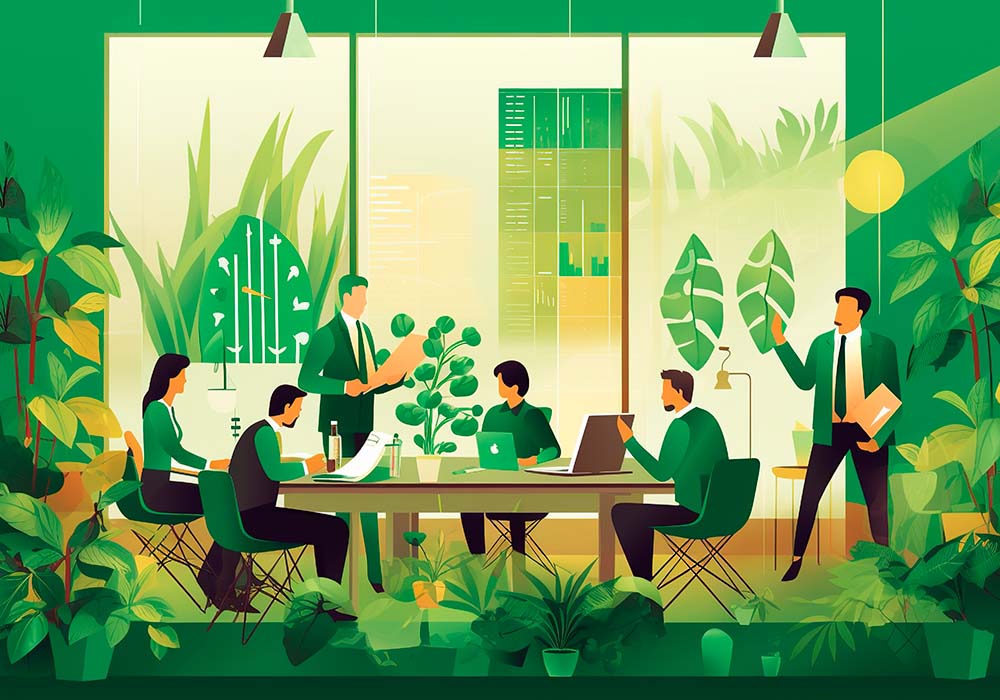At the end of the day, the design of spaces should be at the service of the needs of the people who are going to occupy them and the activities they are going to carry out. As French architect Anne Lacaton, winner of the 2021 Pritzker architectural prize, explained: “Good architecture is open – open to life and enhancing personal freedom – where anyone can do what they need to do.”
In this respect, integrating nature into work spaces has become a fundamental pillar of wellbeing for those using them. Several studies support the affirmation that the presence of natural elements in the workplace improves concentration, reduces stress and increases employee satisfaction.
